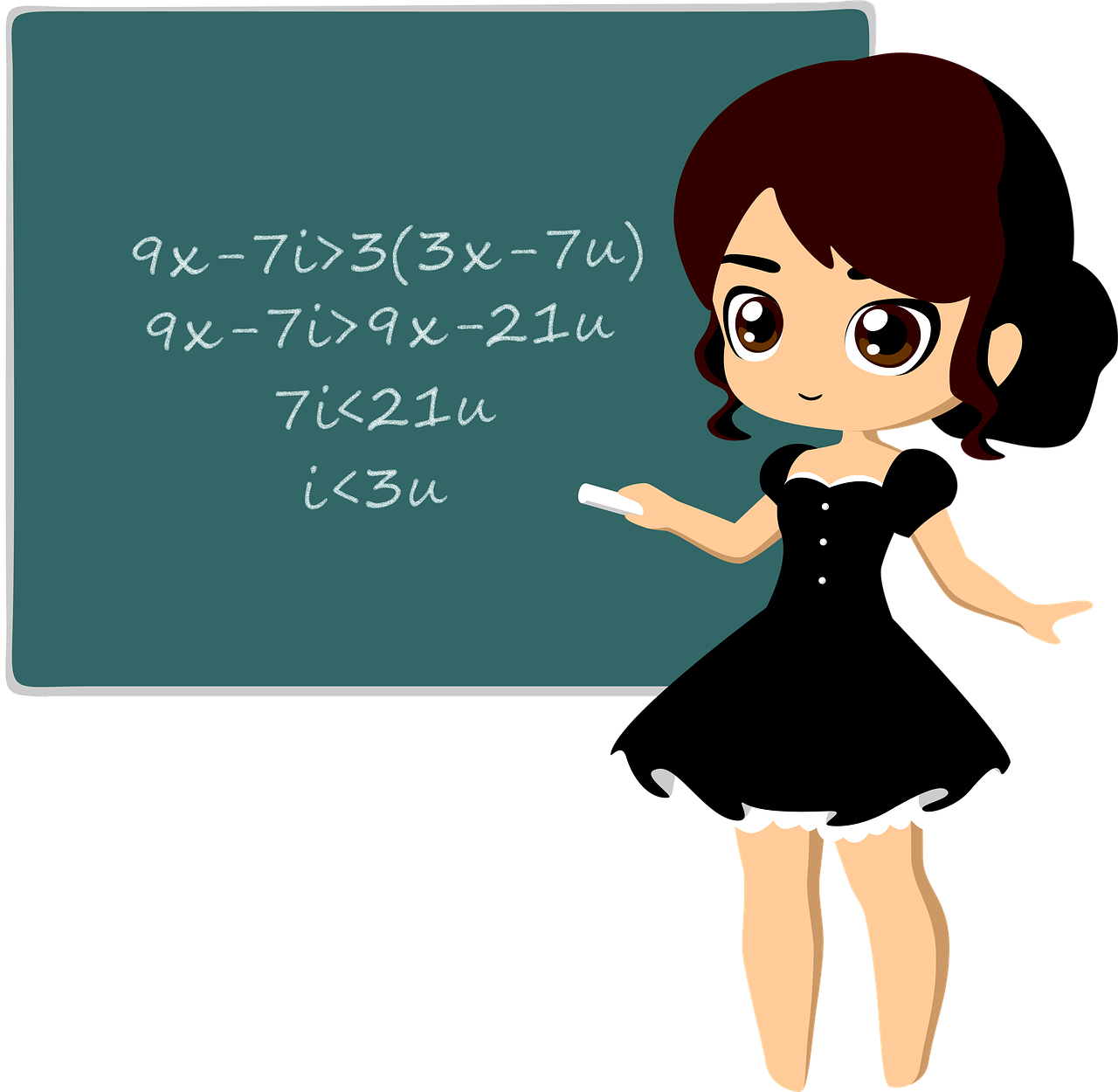The Role of Inequalities in Everyday Life

Pixabay
First, inequalities are used frequently when trying to plan your finances. We are essentially dealing with inequalities when we budget. We manage our finances effectively by setting limits on our spending and making sure that our income exceeds our output. This is essential to keep the financial situation balanced and avoid excessive debt.
Inequalities are powerful tools in the realm of buying and bidding. We use inequalities to evaluate discounts and promotions, comparing the original prices with the reduced prices. This allows us to determine if we are getting a good deal or if we would wait for a better offer.
Inequalities are essential in the field of health and nutrition. We create healthy dietary guidelines by setting limits on the intake of calories, fat, carbohydrates, protein, etc. The inequalities can also be applied to exercise, where we determine how much time we should spend on our fitness goals.
Inequalities are used in transportation and travel planning by taking factors such as distance, speed, and time into account. These calculations help us plan routes and make sure we reach our appointments and destinations on time.
Inequalities are useful in the workplace for setting goals and evaluating performance. Salespeople, for example, can use inequalities to determine how many sales they need to make to reach specific revenue goals.
Although we don't always recognize them as such, inequalities are an integral part of our daily lives. Its use goes beyond mathematics in the classroom; They are deeply rooted in practical decision making and help us set limits, make informed decisions, and achieve goals in various aspects of our lives. Ultimately, understanding and applying inequalities is essential for effective decision making, as well as achieving balance and success in our daily activities.
A basic example of inequality:
Let's say you have $200 and you want to buy a new tablet that costs $150. The following inequality can represent this situation:
x≥150
Where:
x represents the amount of money you have.
≥" means "greater than or equal to".
This inequality tells you that to buy the tablet ($150 or more), you must have at least $150 in your pocket. If you have exactly $150, you can buy it, and if you have more than $150, you can too. However, if you have less than $150, you will not be able to purchase it.
This is a simple way to use an inequality in everyday life to make decisions based on available financial resources.